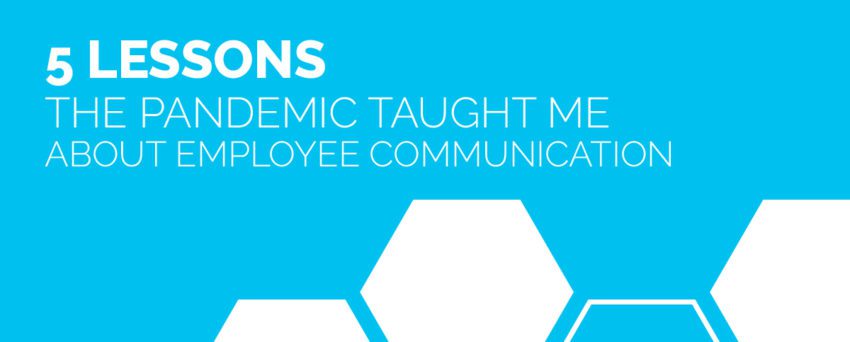15Oct 2020

They say the “devil is in the details,” and that proved true for us during the COVID-19 pandemic.
While we felt confident in our business contingency plans prior to the crisis – and we took many steps to keep our essential service going when the pandemic struck – we hadn’t fully considered the diverse communication needs of our employees. That led to misinterpreted messages in our workplace, which ultimately brought our operations to a sudden halt this past summer.
And, our experience offers important lessons to other companies that want to prepare for any “what if?” scenario that could hurt their business.
A no-nonsense, pre-pandemic approach
Our setback during the pandemic is surprising, since a year ago we really felt prepared for any emergency that could come along. As an ISO 9001 company, we had a pandemic response plan in place since 2017. That made it relatively easy to act when the pandemic hit. We had a supply of gloves and masks, we installed physical partitions to separate staff, and we quickly re-assigned nine of 45 staff to work from home with IP phones and remote access.
Everything was going fine for the first six months, until suddenly everything changed: One staff member called in sick and we sent another home when that individual felt unwell. Within days, they both tested positive for COVID-19 and we had to enact our response plan.
We gathered our team to share the news. I could see the fear on their faces. Trying to maintain a calm, ‘matter of fact’ tone, we emphasized that, although the facility would be closed and deep cleaned, everyone would be paid. We explained that they must all go for COVID-19 tests or quarantine themselves if they were exposed to infected co-workers (eight people began self-isolating at home). Working closely with Toronto Public Health (TPH), our HR staff kept in touch with each employee to record their negative test results, which fortunately determined that the virus had not spread within our company.
But it was too soon to breathe a sigh of relief. A few days later, a Ministry of Labour representative showed up to investigate an employee complaint about the adequacy of our pandemic response. We were floored!
After the Ministry and TPH inspected the facility and reviewed our polices and processes, they provided us with no recommendations and determined that the COVID-19 cases had originated outside the facility. While this was reassuring – and within weeks we were able to fully resume our operations – I couldn’t help but ask myself, “What could we have done better?” and “Why would an employee complain when we thought we had done a good job?”
Communication gaps in our plans
After much thought, I realize that a few communications kinks impaired our carefully-made pandemic plans. Here are five things I wish we had done to improve our employee communication during this crisis.
- Read your audience and set the right tone: When we first communicated the outbreak to employees, we took a calm, factual tone. Although we thought that was reassuring, it didn’t help panicky staff. Some interpreted our tone as taking the situation lightly. We should have better gauged their feelings and showed more empathy, acknowledging that this was scary for everyone.
- Understand human nature and offer reassurance: In a crisis, not everyone will admit how they feel or raise their hand if they have doubts. Just like how good presenters say, “There is no silly question,” you need to repeatedly remind staff that it’s okay to speak up or admit a mistake, and that the company “has their back”. This will promote honest, two-way communication.
- Be sensitive to privacy: When authorities investigated our outbreak, they had to call at-risk employees for contact tracing. Some staff found these calls invasive and frightening. Looking back, I wish we had pro-actively called our employees first to explain that they soon would hear from TPH and why, to help defuse employee surprise and worry.
- Consider cultural differences: In any multicultural workplace, take cultural and linguistic differences into account to ensure your message gets through. With employees for whom English is a second language, use easy-to-understand terms and descriptions. And, keep in mind that some persons may be distrustful of government or health officials based on their past experiences.
- Speak to their brains and hearts: The pandemic showed us that crisis communication needs to balance emotions and facts. Not only do employees need reassurance, they need clear, substantive information. This was evident when we tried to reintegrate previously-ill employees after their quarantines ended. We needed to convince nervous employees that we were following all the scientific and health recommendations by the experts to make them comfortable getting back to work, alongside their colleagues.
By doing these things, we could have better achieved employee buy-in to the plans, nipped rumours in the bud, restarted our operation smoothly, and improved long-term employee loyalty to the company. Although I hope that none of us face a crisis like the pandemic again, I’ll certainly be applying these learnings going forward at our company.


1 thought on “5 Lessons the Pandemic Taught Me About Employee Communication”
Comments are closed.